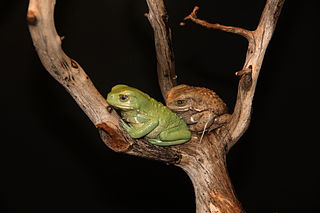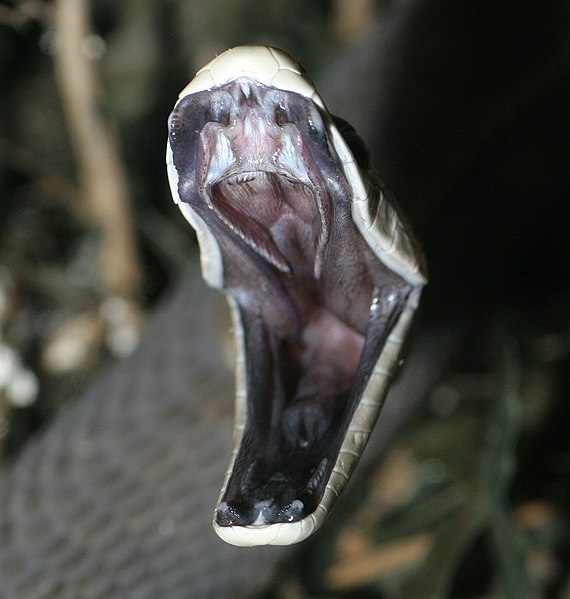The world is home to a mind-boggling assortment of fascinating treefrogs, many of which make wonderful pets. Included among the 1,200+ species that have adapted to life above-ground we find tiny, colorful gems, giants that will feed from one’s hand, gliders that sail through the treetops and a host of other delightfully unique frogs. Some, such as Red-Eyed and White’s Treefrogs, are pet trade staples. New species become available frequently…in recent years, for example, the bizarrely-beautiful Amazon Milk and Mossy Treefrogs have become “must haves” among serious frog enthusiasts.
White’s, Red-Eyed, Lemur, Green, Reed, Waxy Monkey, Mossy, Cuban, Asian Flying, Barking, White-Lipped and dozens of other treefrogs are available in the pet trade. An understanding of their natural history – how they live in the wild – is the first step in learning to provide them with proper care in captivity. This article will introduce you to their habits and habitats. The articles linked below provide specific information on their care and habits of some unusual species. Please be sure to post questions about the care of specific species below.
Range
Treefrogs are found on every continent except Antarctica, and have adapted to rainforests, temperate woodlands, arid semi-deserts, human dwellings and many other habitats. I’ve found Gray Treefrogs in the heart of Manhattan and Cuban Treefrogs in downtown Miami, where their favorite “habitat” earned them the now-dated name “Phone Booth Frogs”.
Treefrogs that Break the “Frog Breeding Rules”
Some treefrogs deposit their eggs on leaves over water, while others breed in tree hollows in the forest canopy. It was recently discovered that the tadpoles of India’s Brown Leaping Frog live on tree limbs and eat bark, while those of the Fringe-Limbed Treefrog actually devour their father’s skin (no worries…it grows back!). Please see the articles linked below for more information on these two bizarre creatures. Read More »
 That Reptile Blog – Reptile, Amphibian and Exotic Pet Care and Information
That Reptile Blog – Reptile, Amphibian and Exotic Pet Care and Information




